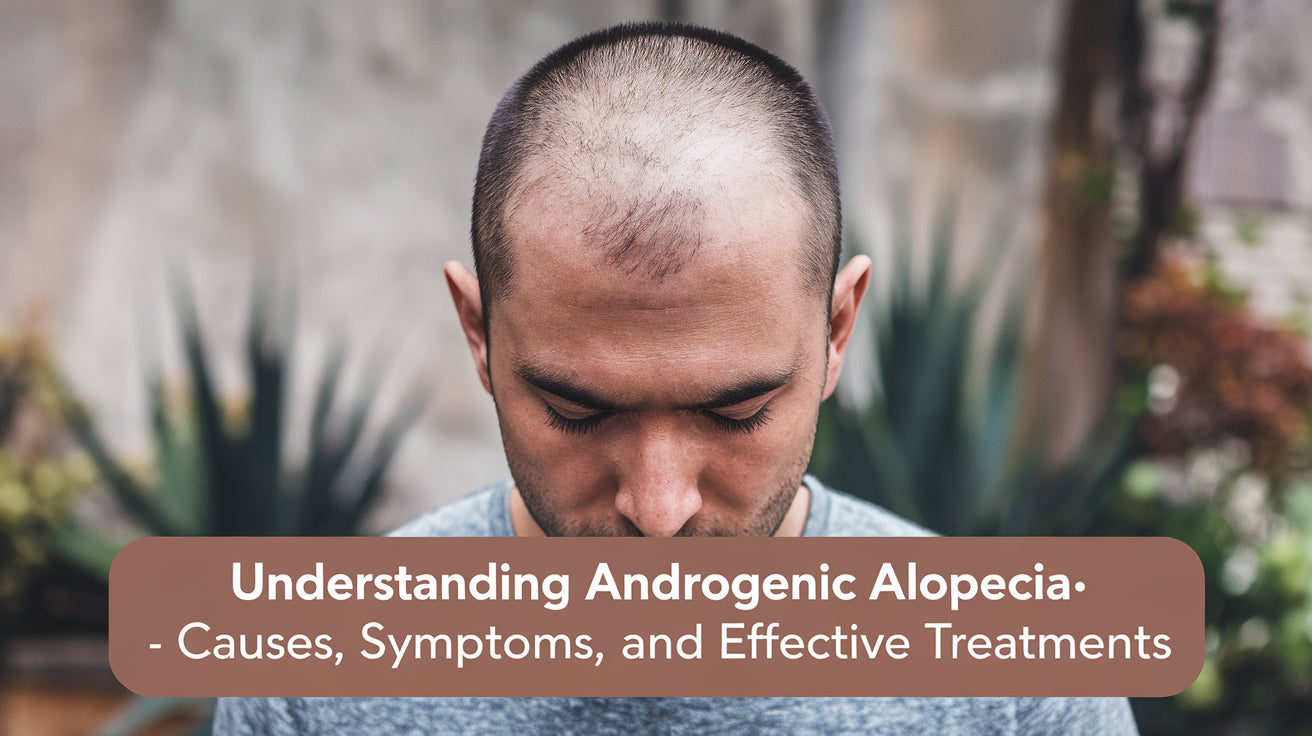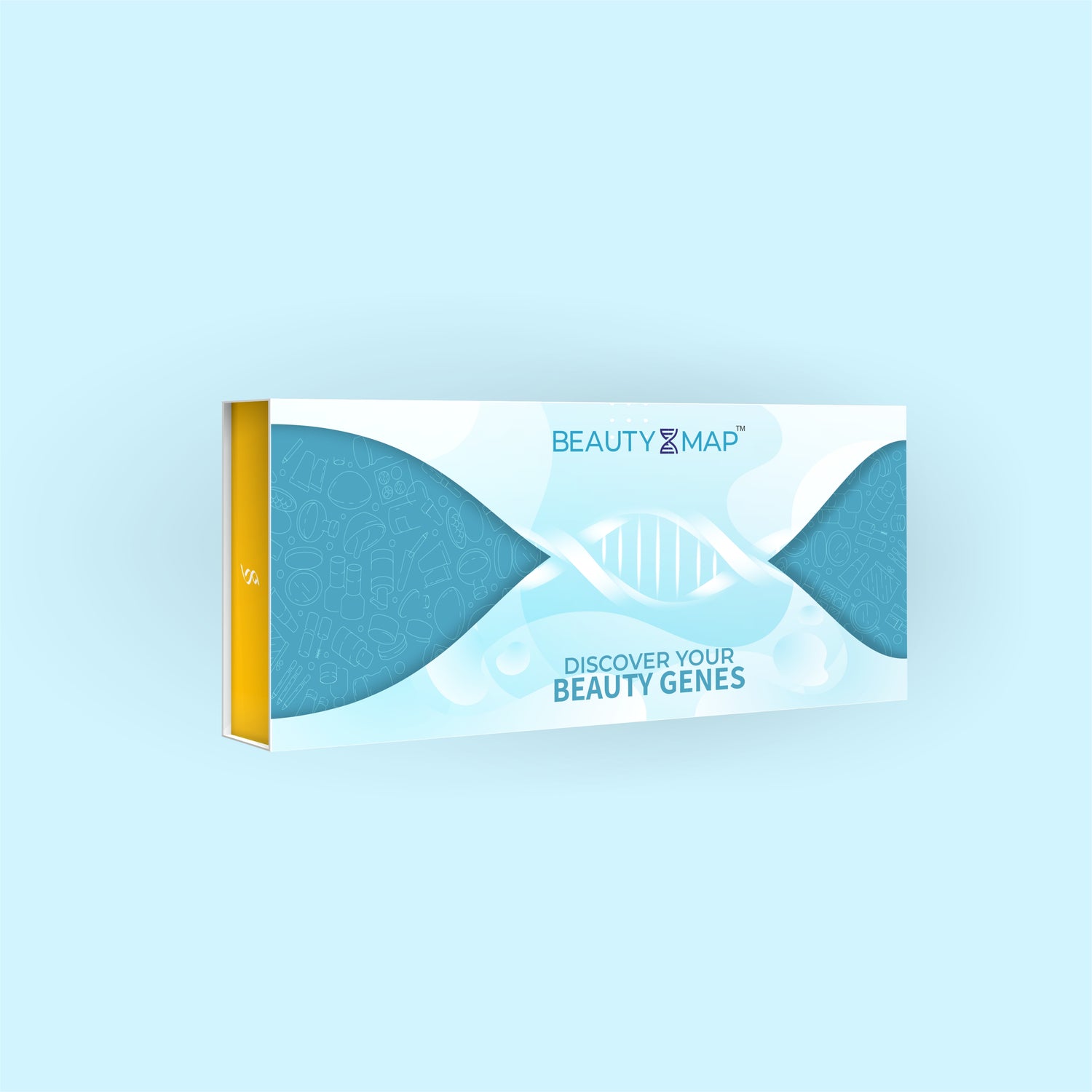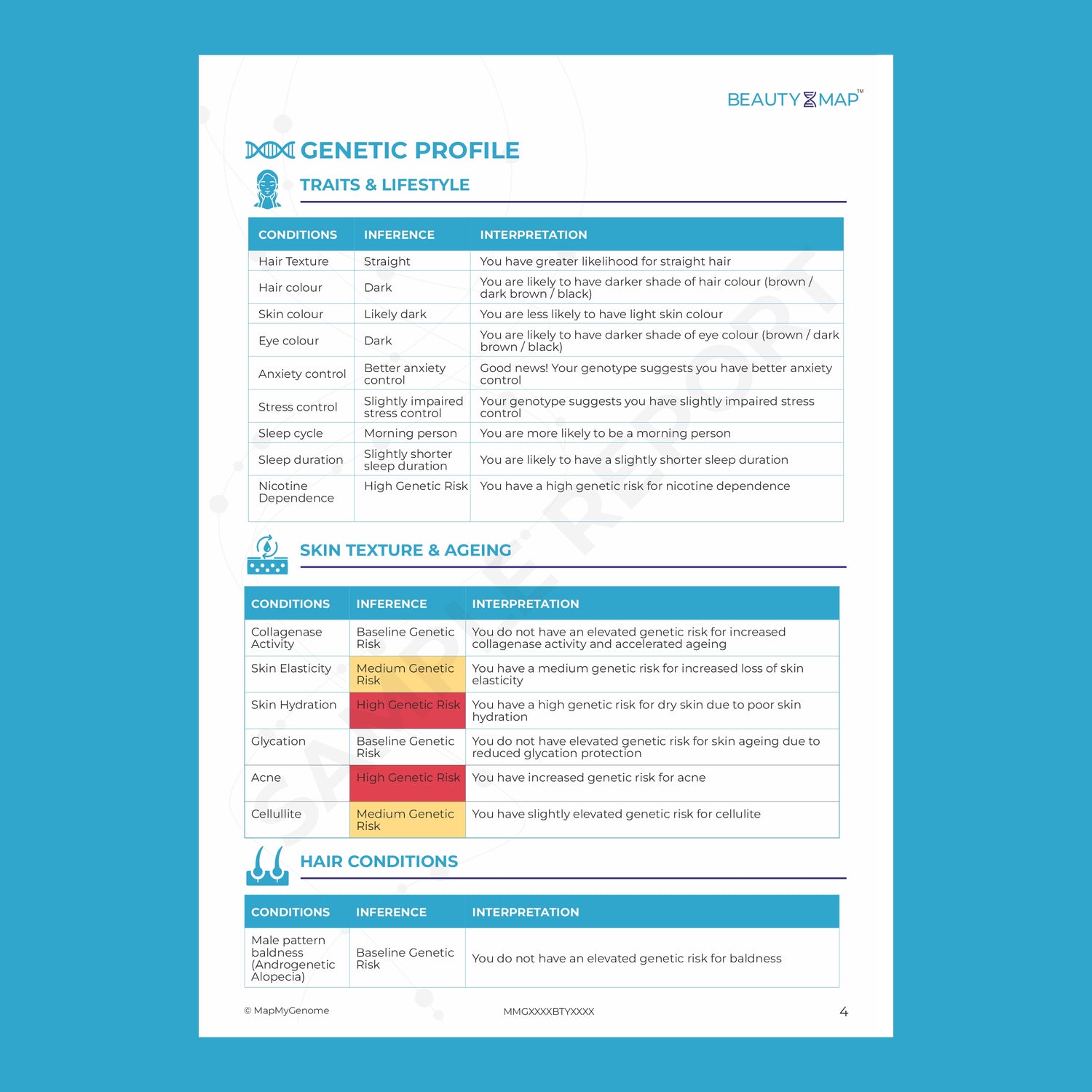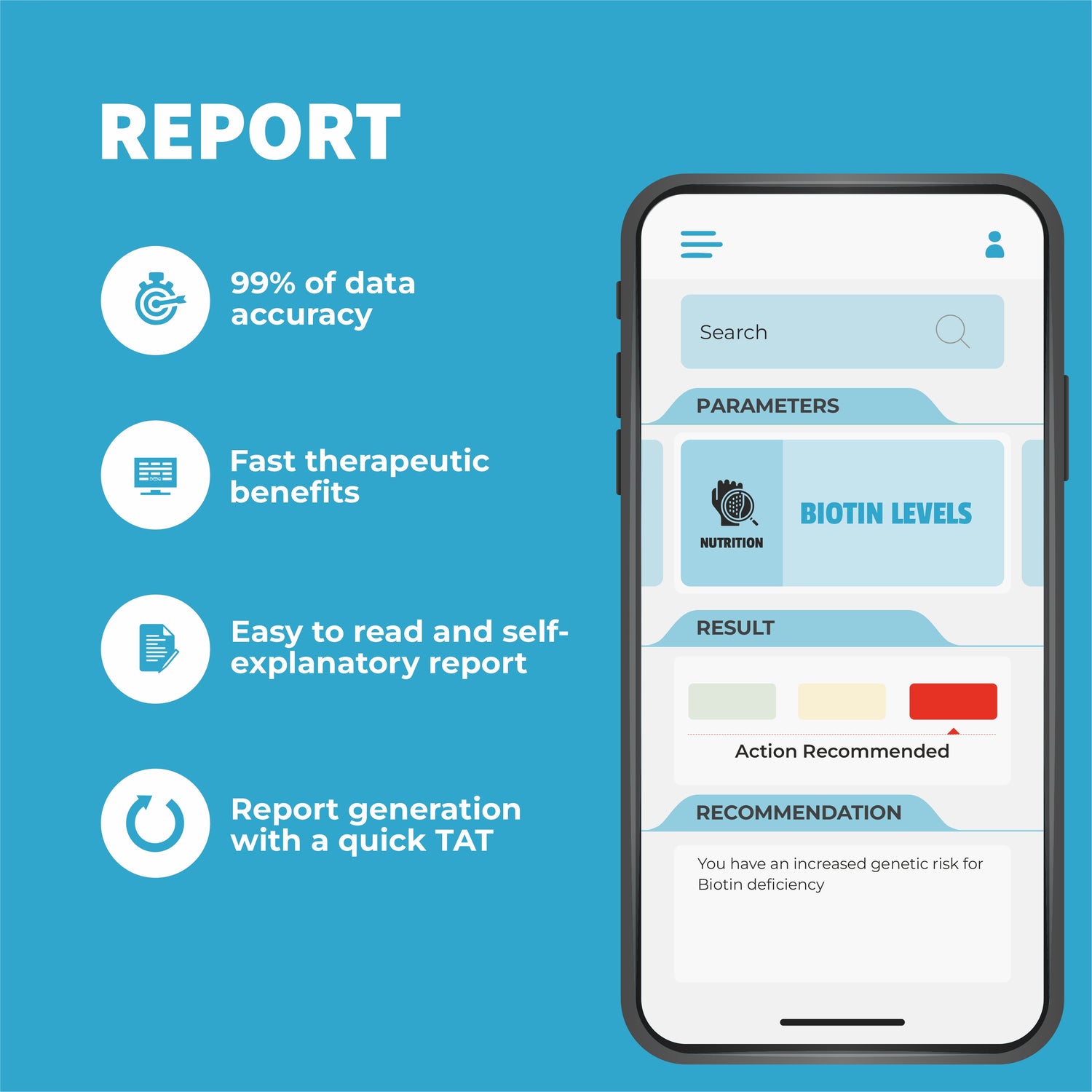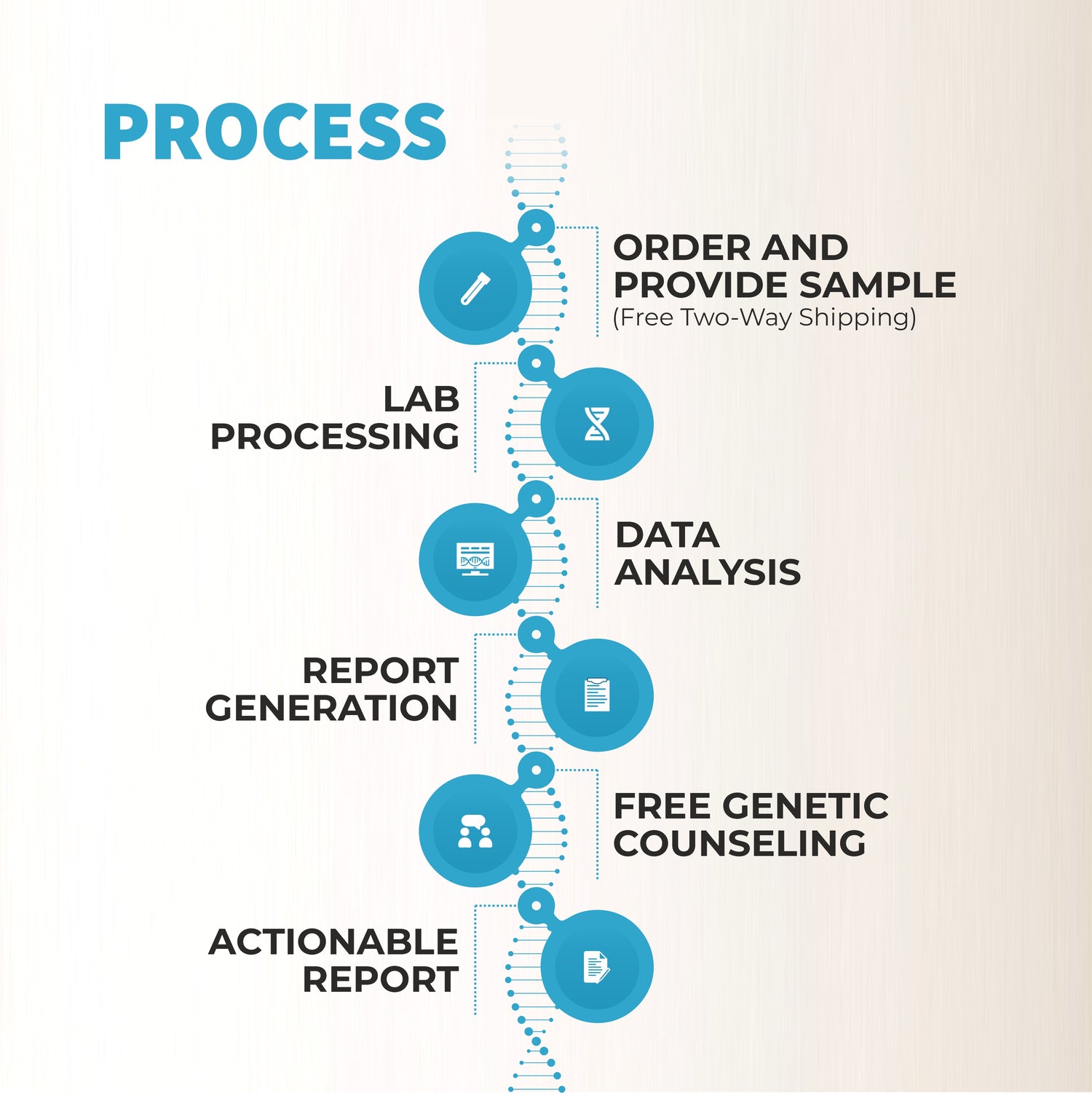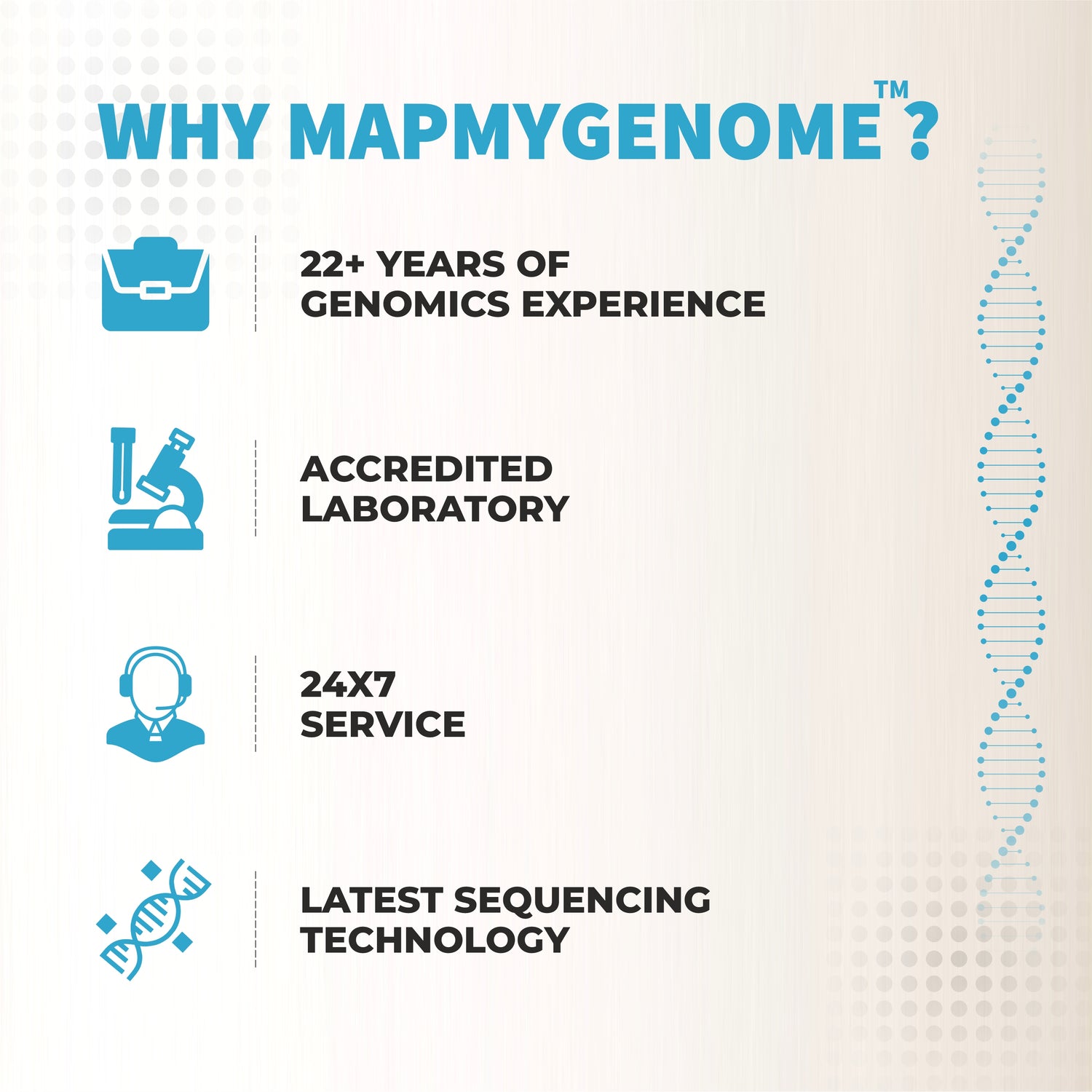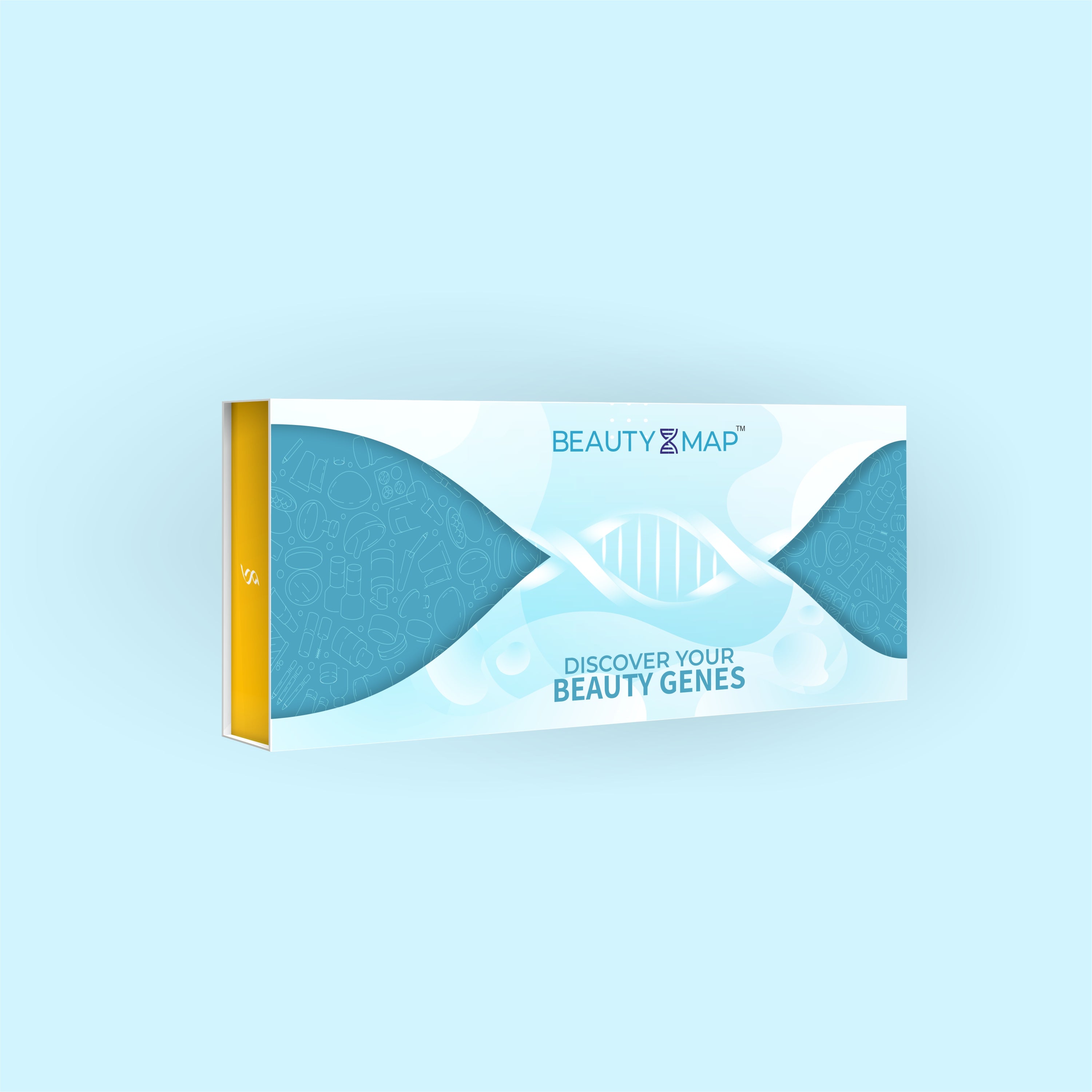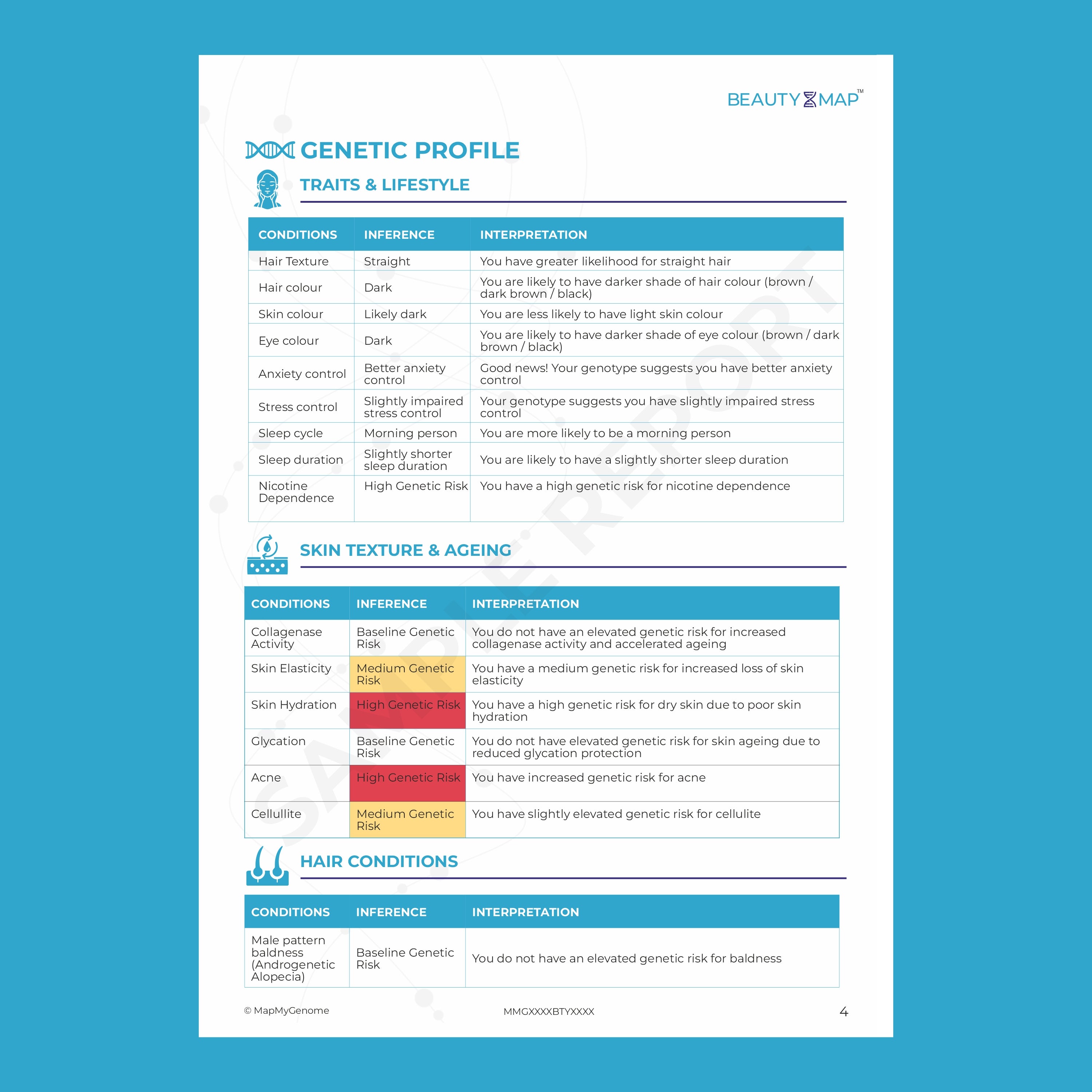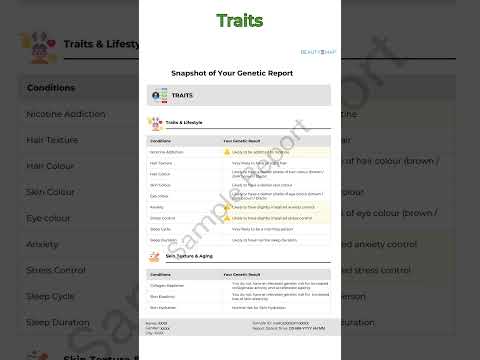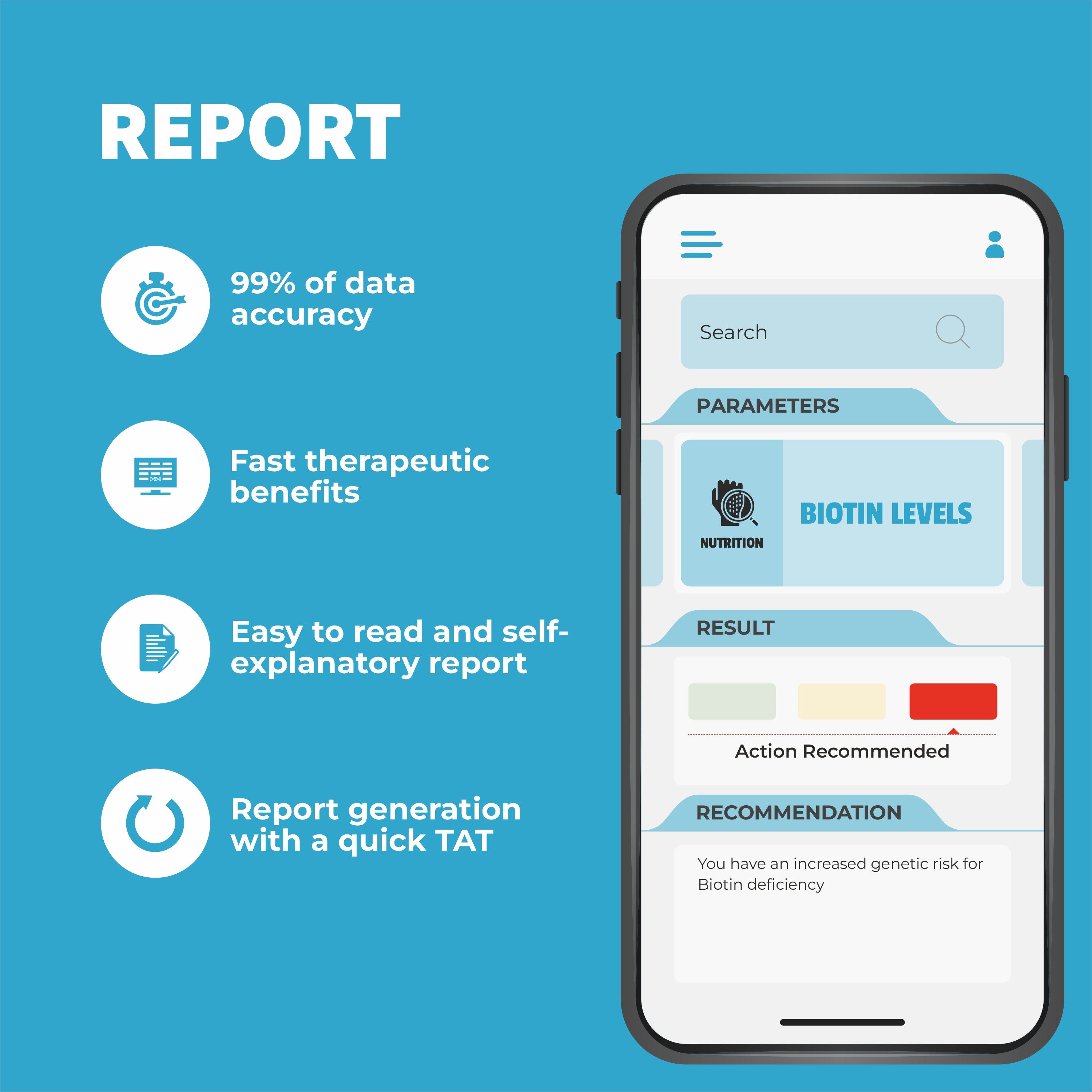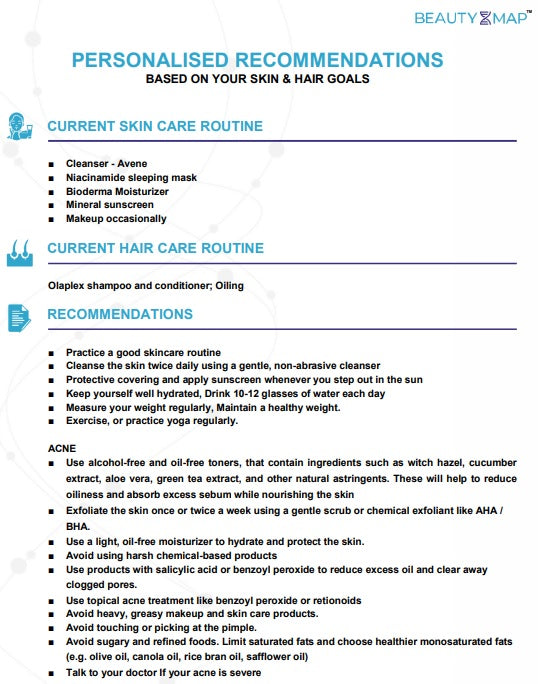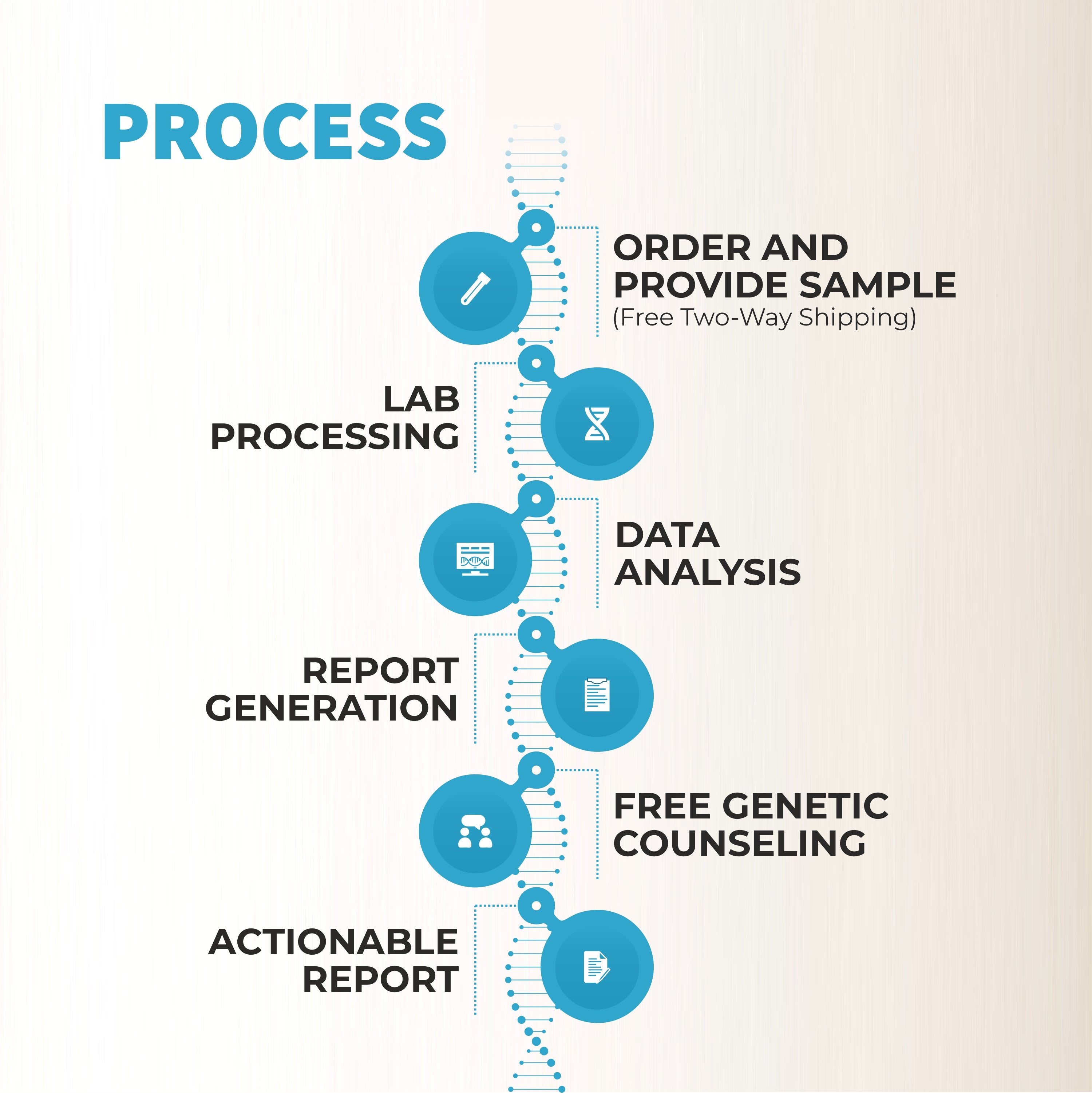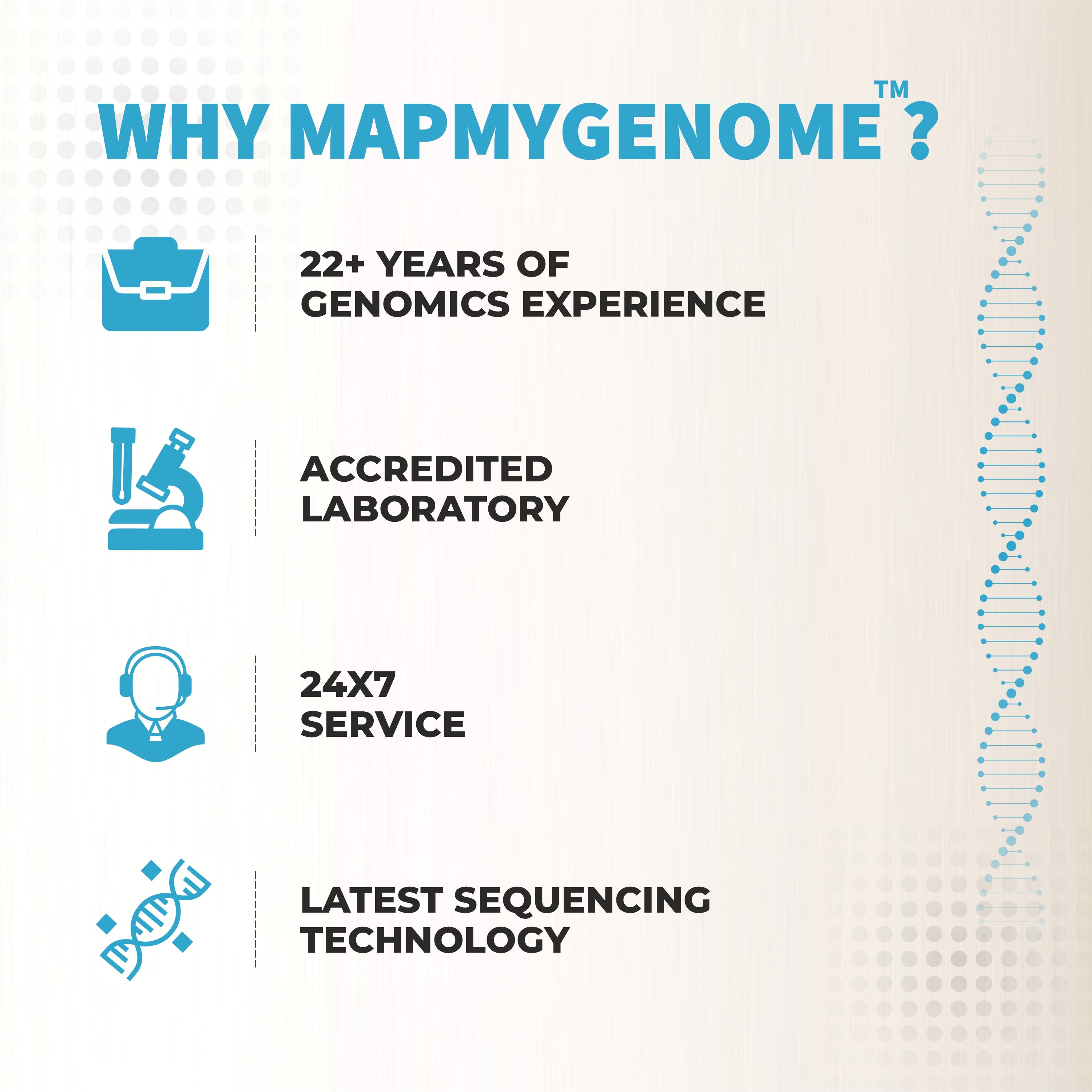बालों का झड़ना कई लोगों के लिए एक आम चिंता है, और बालों के झड़ने के सबसे प्रचलित रूपों में से एक एंड्रोजेनिक एलोपेसिया है। आमतौर पर पुरुष-पैटर्न गंजापन या महिला-पैटर्न गंजापन के रूप में जाना जाता है, एंड्रोजेनिक एलोपेसिया पुरुषों और महिलाओं दोनों को प्रभावित करता है, जिससे धीरे-धीरे बाल पतले होते हैं और कुछ मामलों में, महत्वपूर्ण बाल झड़ते हैं। यह ब्लॉग एंड्रोजेनिक एलोपेसिया के कारणों, लक्षणों और उपचार विकल्पों पर गहराई से चर्चा करेगा, जिससे आपको यह समझने में मदद मिलेगी कि इस स्थिति को प्रभावी ढंग से कैसे प्रबंधित किया जाए।
एंड्रोजेनिक एलोपेसिया क्या है?
एंड्रोजेनिक एलोपेसिया एक आनुवंशिक स्थिति है जो बालों के रोम को प्रभावित करती है, जिससे समय के साथ बाल पतले होने लगते हैं और झड़ने लगते हैं। यह आनुवंशिक कारकों और हार्मोन डिहाइड्रोटेस्टोस्टेरोन (DHT) के संयोजन के कारण होता है, जो टेस्टोस्टेरोन से प्राप्त होता है। यह स्थिति आम तौर पर एक अलग पैटर्न का अनुसरण करती है, जिसमें पुरुषों में बालों की रेखाएँ पीछे हटती हैं और गंजे धब्बे दिखाई देते हैं, जबकि महिलाओं को अक्सर सिर के मुकुट पर पतलेपन का अनुभव होता है।
एंड्रोजेनिक एलोपेसिया के कारण
एंड्रोजेनिक एलोपेसिया का मुख्य कारण एक या दोनों माता-पिता से विरासत में मिले कुछ जीन की उपस्थिति है। ये जीन DHT के प्रति बालों के रोम की संवेदनशीलता को प्रभावित करते हैं, एक हार्मोन जो बालों के रोम में रिसेप्टर्स को बांधता है, जिससे वे समय के साथ सिकुड़ जाते हैं। यह सिकुड़न प्रक्रिया, जिसे लघुकरण के रूप में जाना जाता है, छोटे, पतले बालों की ओर ले जाती है, जिसके परिणामस्वरूप अंततः बाल झड़ने लगते हैं।
-
आनुवंशिक कारक : बाल झड़ने का पारिवारिक इतिहास एंड्रोजेनिक एलोपेसिया विकसित होने की संभावना का एक मजबूत संकेतक है। यदि आपके माता-पिता या दादा-दादी को बाल झड़ने का अनुभव हुआ है, तो इस बात की अधिक संभावना है कि आपको भी यह हो सकता है।
-
हार्मोनल परिवर्तन : DHT एंड्रोजेनिक एलोपेसिया के लिए जिम्मेदार प्राथमिक हार्मोन है। पुरुष आमतौर पर महिलाओं की तुलना में अधिक DHT का उत्पादन करते हैं, यही कारण है कि पुरुषों में गंजापन अधिक आम है। हालांकि, महिलाओं में हार्मोनल परिवर्तन, विशेष रूप से रजोनिवृत्ति के दौरान, बालों के झड़ने में भी योगदान कर सकते हैं।
-
उम्र : एंड्रोजेनिक एलोपेसिया का जोखिम उम्र के साथ बढ़ता है। कई लोगों को 20 और 30 की उम्र में बाल पतले होने के शुरुआती लक्षण दिखने लगते हैं, और बाद के सालों में यह स्थिति और भी गंभीर हो जाती है।
एंड्रोजेनिक एलोपेसिया के लक्षण
एंड्रोजेनिक एलोपेसिया के लक्षण व्यक्ति के आधार पर अलग-अलग हो सकते हैं, लेकिन कुछ सामान्य संकेत इस प्रकार हैं:
-
धीरे-धीरे बालों का पतला होना : पुरुषों में बालों का पतला होना आमतौर पर मंदिरों या सिर के मुकुट से शुरू होता है, जबकि महिलाओं में विभाजन रेखा के आसपास या खोपड़ी के शीर्ष पर बाल पतले हो सकते हैं।
-
पीछे हटती हेयरलाइन : पीछे हटती हेयरलाइन पुरुषों में गंजेपन की पहचान है। हेयरलाइन धीरे-धीरे पीछे की ओर बढ़ती है, जिससे "M" आकार बनता है।
-
गंजे धब्बे : जैसे-जैसे बाल झड़ने लगते हैं, गंजे धब्बे विकसित हो सकते हैं, खास तौर पर सिर के ऊपरी हिस्से पर। ये धब्बे समय के साथ बढ़ सकते हैं, जिससे बालों का झड़ना और भी ज़्यादा बढ़ सकता है।
-
फैला हुआ पतलापन : एंड्रोजेनिक एलोपेसिया से पीड़ित महिलाओं को अक्सर फैला हुआ पतलापन का अनुभव होता है, जहां बाल अलग-अलग गंजे धब्बे बनने के बजाय समग्र रूप से पतले हो जाते हैं।
-
बालों का धीमा विकास : एंड्रोजेनिक एलोपेसिया से प्रभावित बाल अधिक धीमी गति से बढ़ते हैं तथा सामान्य बालों की तुलना में पतले और छोटे हो सकते हैं।
एंड्रोजेनिक एलोपेसिया का निदान
यदि आपको संदेह है कि आपको एंड्रोजेनिक एलोपेसिया है, तो सटीक निदान के लिए किसी स्वास्थ्य सेवा पेशेवर से परामर्श करना आवश्यक है। आपका डॉक्टर आपके स्कैल्प की शारीरिक जांच कर सकता है, आपके मेडिकल इतिहास की समीक्षा कर सकता है, और बालों के झड़ने के अन्य संभावित कारणों का पता लगाने के लिए स्कैल्प बायोप्सी या रक्त परीक्षण जैसे परीक्षण कर सकता है।
एंड्रोजेनिक एलोपेसिया के लिए उपचार के विकल्प
जबकि एंड्रोजेनिक एलोपेसिया एक स्थायी स्थिति है, कई उपचार विकल्प इसकी प्रगति को धीमा करने में मदद कर सकते हैं और कुछ मामलों में, बालों के पुनः विकास को बढ़ावा दे सकते हैं। इन उपचारों की प्रभावशीलता हर व्यक्ति में अलग-अलग होती है, इसलिए स्वास्थ्य सेवा प्रदाता के साथ अपने विकल्पों पर चर्चा करना महत्वपूर्ण है।
-
दवाइयां :
- मिनोक्सिडिल (रोगाइन) : यह ओवर-द-काउंटर सामयिक उपचार सीधे खोपड़ी पर लगाया जाता है और पुरुषों और महिलाओं दोनों के लिए FDA द्वारा अनुमोदित है। मिनोक्सिडिल बालों के विकास को प्रोत्साहित करने और बालों के झड़ने को धीमा करने में मदद कर सकता है। यह कई महीनों तक लगातार इस्तेमाल किए जाने पर सबसे अच्छा काम करता है।
- फिनास्टेराइड (प्रोपेसिया) : यह प्रिस्क्रिप्शन ओरल दवा मुख्य रूप से पुरुषों में होने वाले गंजेपन के इलाज के लिए इस्तेमाल की जाती है। फिनास्टेराइड शरीर में DHT के स्तर को कम करके काम करता है, जो आगे चलकर बालों के झड़ने को रोकने में मदद कर सकता है। यह आमतौर पर महिलाओं के लिए अनुशंसित नहीं है, खासकर उन महिलाओं के लिए जो गर्भवती हैं या गर्भवती हो सकती हैं।
-
हेयर ट्रांसप्लांट सर्जरी : जिन लोगों के बाल बहुत ज़्यादा झड़ रहे हैं, उनके लिए हेयर ट्रांसप्लांट सर्जरी एक विकल्प हो सकता है। इस प्रक्रिया में स्कैल्प के एक हिस्से (आमतौर पर पीठ) से बालों के रोम को निकालना और उन्हें बालों के झड़ने से प्रभावित क्षेत्रों में प्रत्यारोपित करना शामिल है। परिणाम आम तौर पर लंबे समय तक चलने वाले होते हैं, लेकिन प्रक्रिया महंगी हो सकती है और इसके लिए कई सत्रों की आवश्यकता हो सकती है।
-
लेजर थेरेपी : लो-लेवल लेजर थेरेपी (LLLT) एक गैर-आक्रामक उपचार है जो बालों के विकास को प्रोत्साहित करने के लिए लाल प्रकाश का उपयोग करता है। जबकि इसकी प्रभावशीलता पर शोध अभी भी जारी है, कुछ अध्ययनों से पता चलता है कि LLLT एंड्रोजेनिक एलोपेसिया वाले लोगों में बालों के घनत्व और मोटाई को बेहतर बनाने में मदद कर सकता है।
-
जीवनशैली में बदलाव : जीवनशैली में कुछ बदलाव करने से भी एंड्रोजेनिक एलोपेसिया को नियंत्रित करने में मदद मिल सकती है। बायोटिन, जिंक और आयरन जैसे विटामिन और खनिजों से भरपूर स्वस्थ आहार बनाए रखने से बालों के समग्र स्वास्थ्य को बढ़ावा मिल सकता है। योग और ध्यान जैसी गतिविधियों के माध्यम से तनाव कम करने से भी बालों का झड़ना धीमा करने में मदद मिल सकती है।
-
प्लेटलेट-रिच प्लाज़्मा (पीआरपी) थेरेपी : पीआरपी थेरेपी में आपके रक्त की थोड़ी मात्रा खींचना, प्लेटलेट्स को केंद्रित करने के लिए इसे संसाधित करना और इसे खोपड़ी में इंजेक्ट करना शामिल है। पीआरपी में वृद्धि कारक बालों के रोम को उत्तेजित कर सकते हैं और बालों के विकास को बढ़ावा दे सकते हैं। इस उपचार ने एंड्रोजेनिक एलोपेसिया वाले कुछ व्यक्तियों के लिए आशाजनक परिणाम दिखाए हैं।
-
माइक्रोबायोम विश्लेषण : माइक्रोबायोम विश्लेषण को शामिल करना, जैसे कि मैपमायजीनोम का "माइक्रोबायोम" परीक्षण, आंत के स्वास्थ्य कारकों के बारे में जानकारी प्रदान कर सकता है जो बालों के झड़ने को प्रभावित कर सकते हैं। आंत के स्वास्थ्य और बालों के झड़ने के बीच संबंध को समझने से बालों और खोपड़ी के समग्र स्वास्थ्य को बेहतर बनाने के लिए उपचार रणनीतियों को तैयार करने में मदद मिल सकती है।
-
आनुवंशिक परीक्षण : आनुवंशिक परीक्षण, जैसे कि MapMyGenome's Beautymap , के माध्यम से एंड्रोजेनिक एलोपेसिया के लिए आपकी आनुवंशिक प्रवृत्ति को समझना मूल्यवान जानकारी प्रदान कर सकता है। यह व्यक्तिगत आनुवंशिक परीक्षण एंड्रोजेनिक एलोपेसिया और अन्य स्वास्थ्य स्थितियों के विकास की आपकी संभावना के बारे में जानकारी प्रदान करता है, जिससे आप अपने बालों के स्वास्थ्य के प्रबंधन में सक्रिय कदम उठा सकते हैं।
निष्कर्ष
एंड्रोजेनिक एलोपेसिया एक आम स्थिति है जो दुनिया भर में लाखों लोगों को प्रभावित करती है। हालांकि बालों के झड़ने का अनुभव करना परेशान करने वाला हो सकता है, लेकिन इसके कारणों और उपलब्ध उपचारों को समझने से आप अपने बालों के स्वास्थ्य को नियंत्रित करने में सक्षम हो सकते हैं। चाहे आप दवा, जीवनशैली में बदलाव या पीआरपी या आनुवंशिक परीक्षण जैसे उन्नत उपचारों का विकल्प चुनें, एंड्रोजेनिक एलोपेसिया को प्रबंधित करने और संभावित रूप से इसकी प्रगति को धीमा करने के तरीके हैं। यदि आप बालों के झड़ने के बारे में चिंतित हैं, तो अपनी व्यक्तिगत आवश्यकताओं के लिए सर्वोत्तम उपचार विकल्पों का पता लगाने के लिए किसी स्वास्थ्य सेवा प्रदाता से परामर्श लें।


